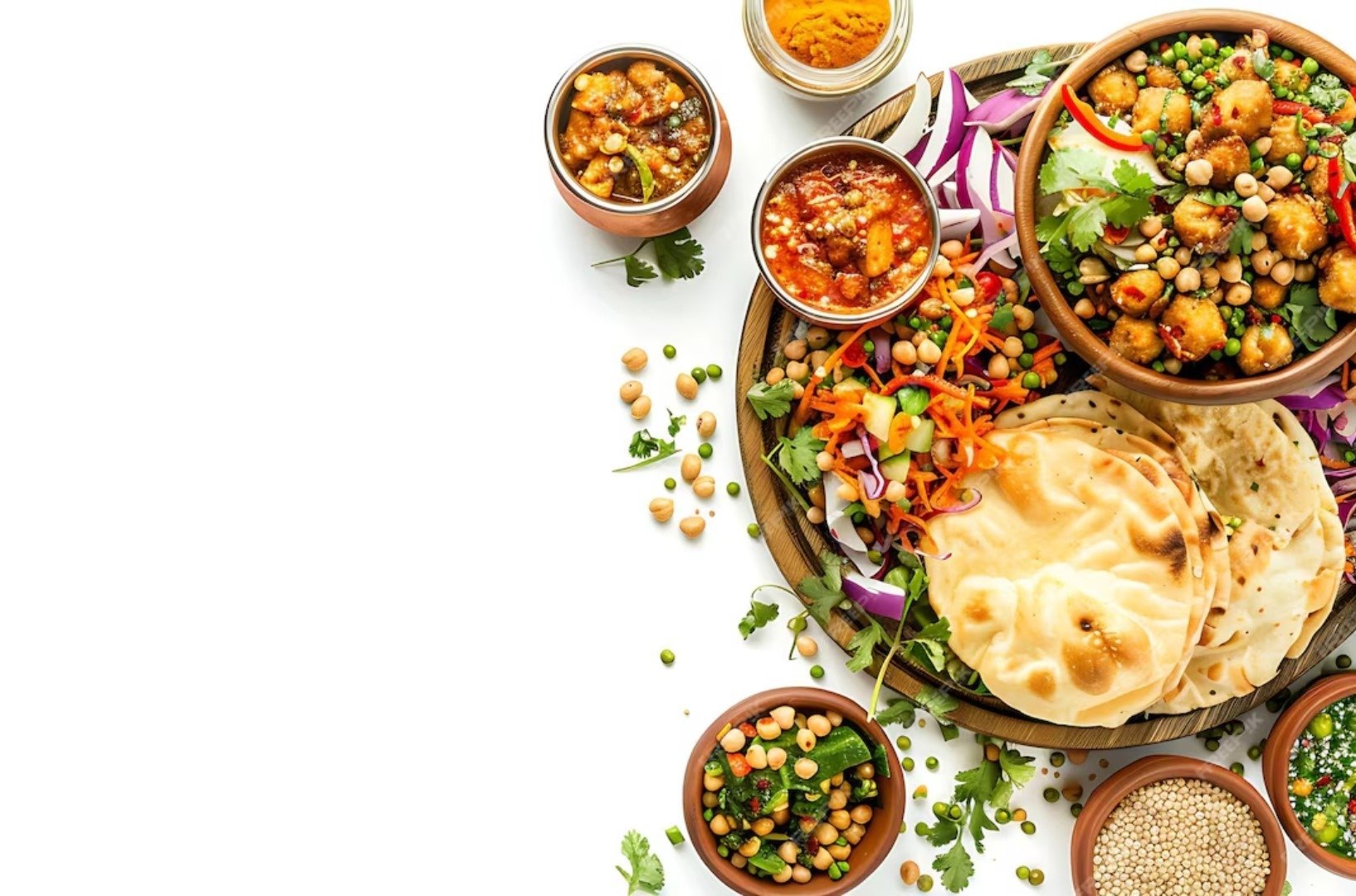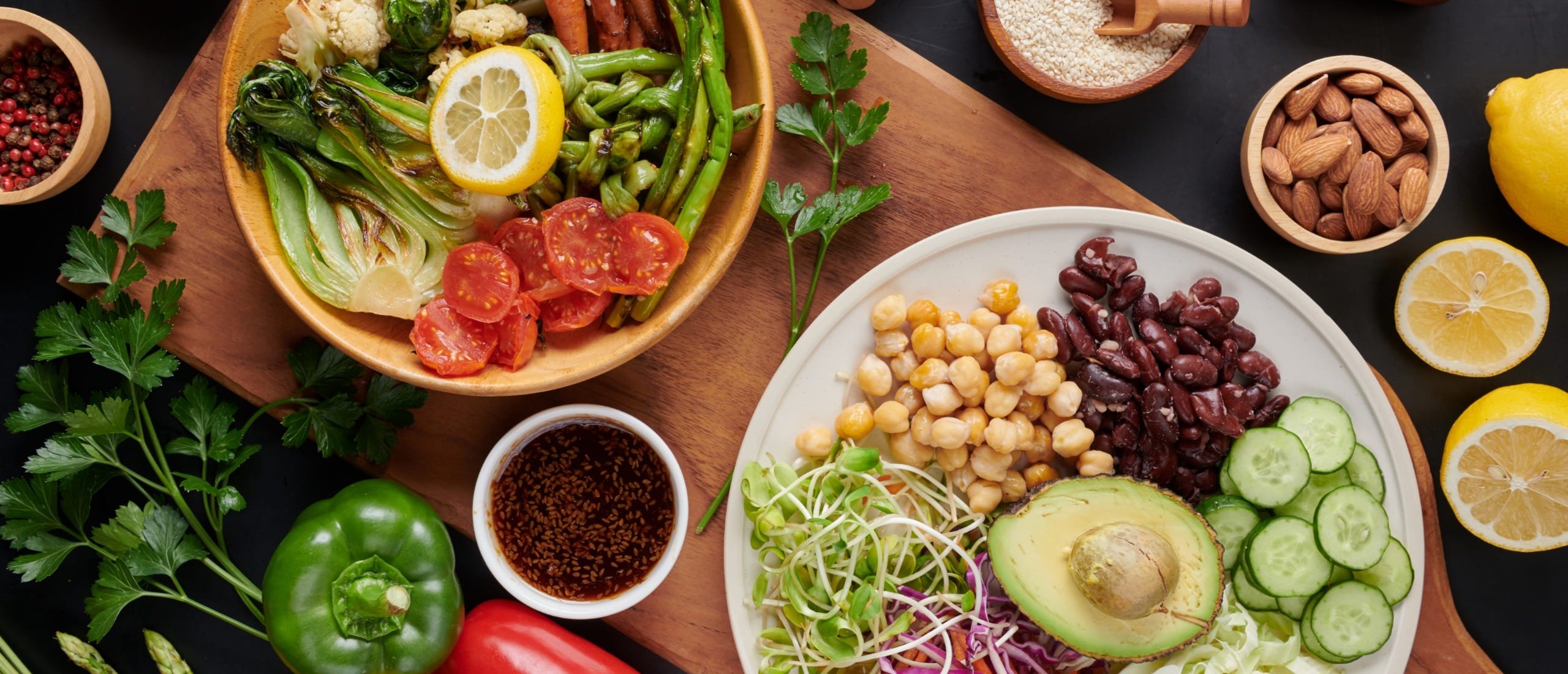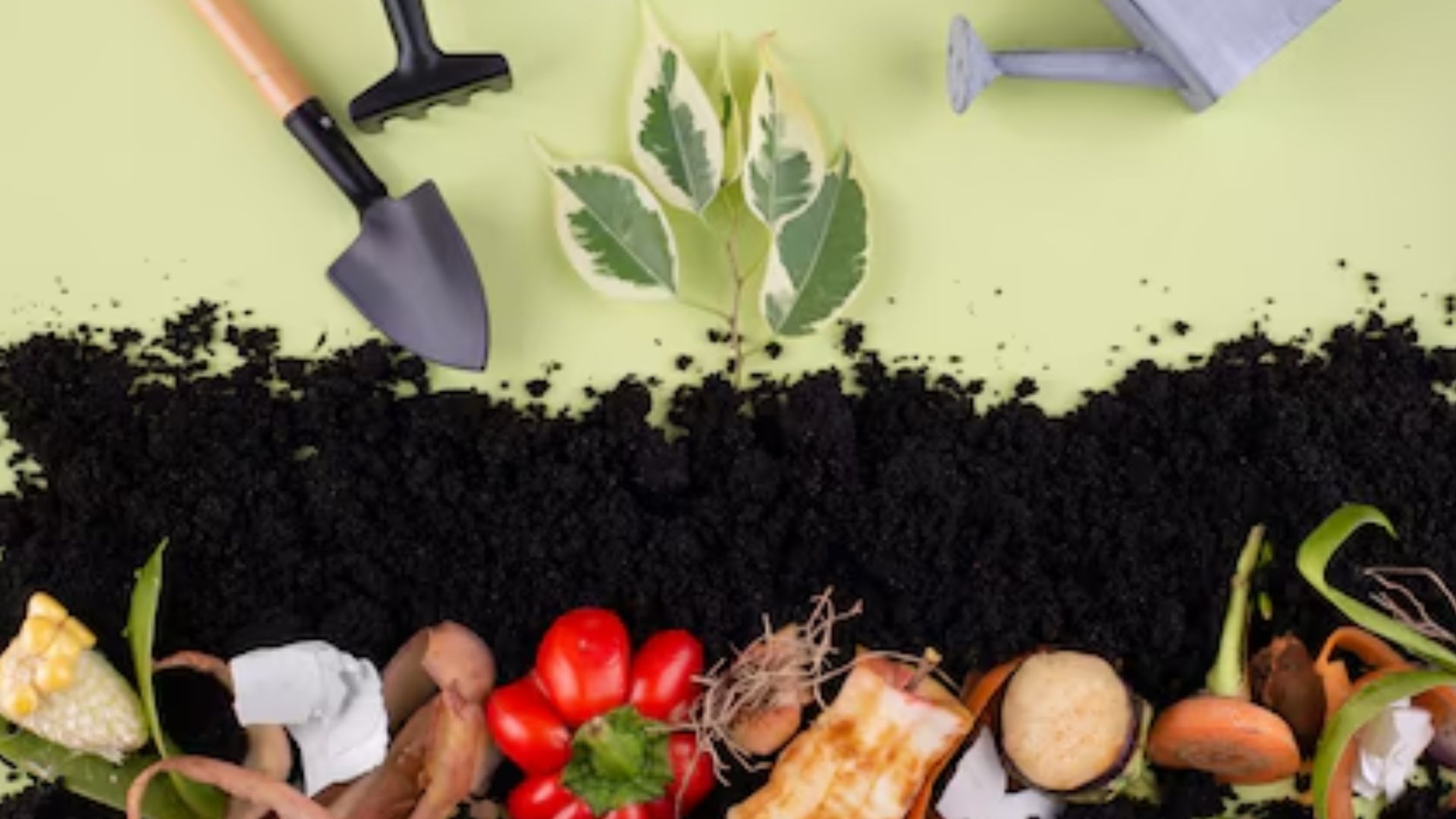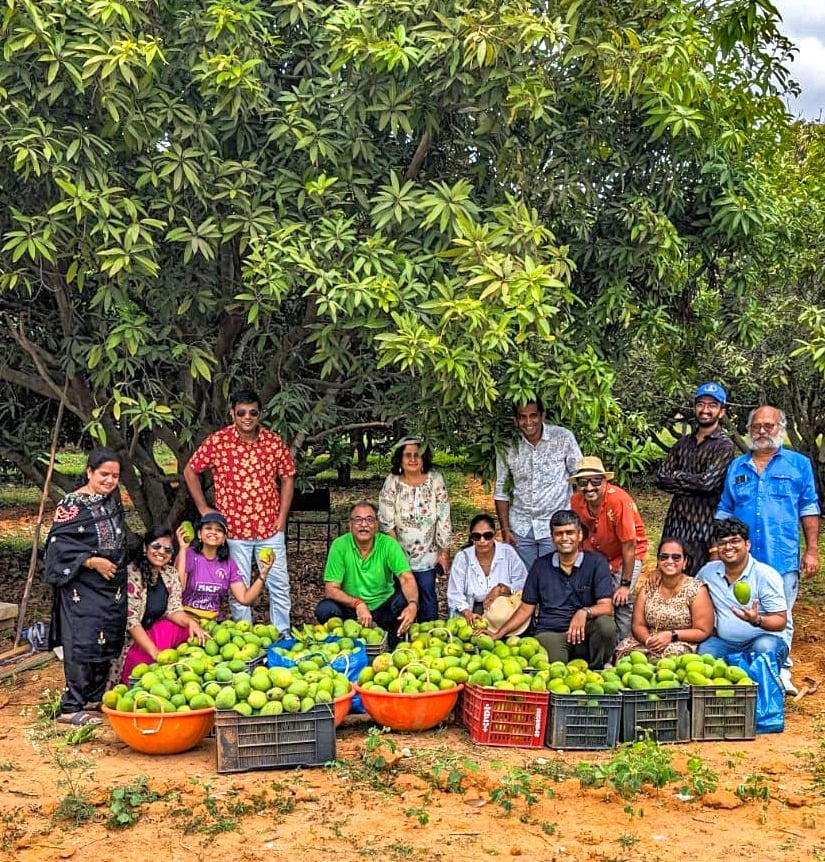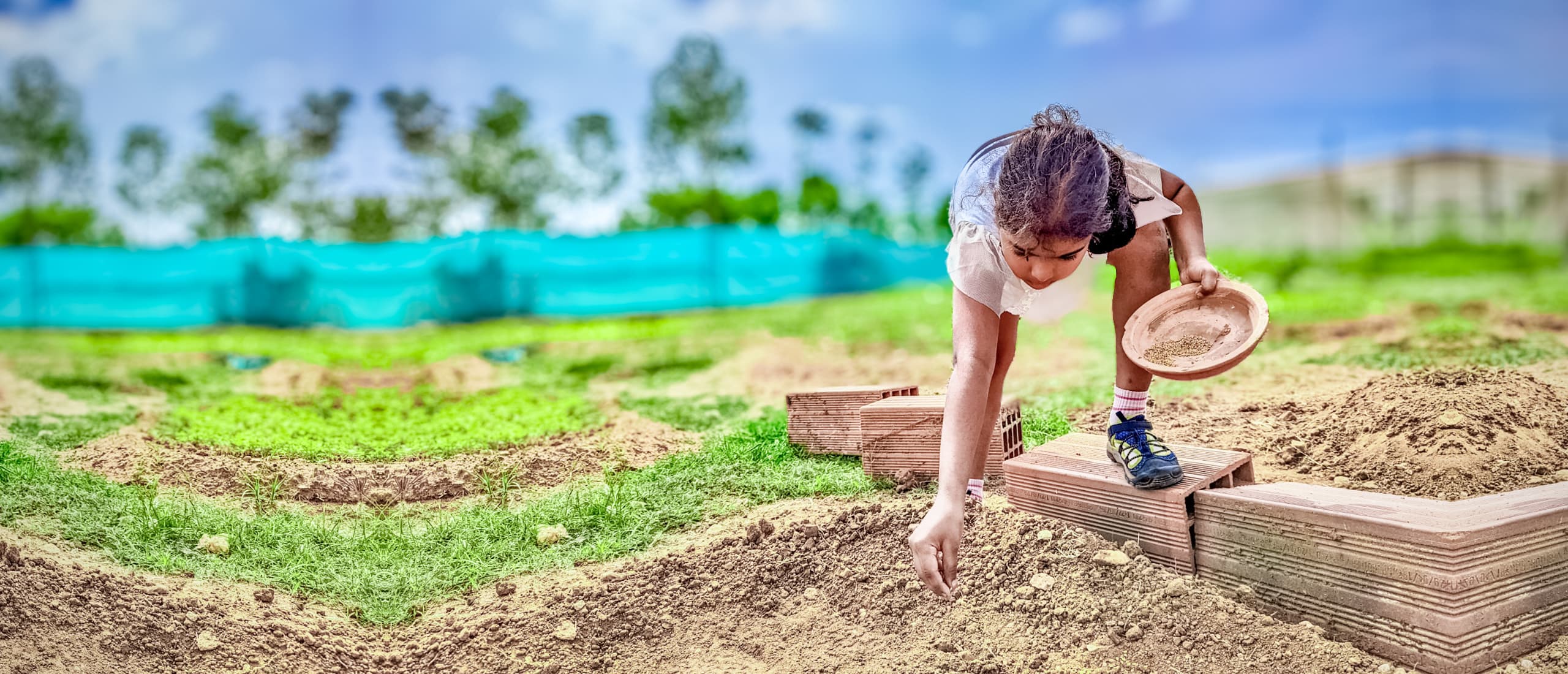September 18, 2024
Author – Anmol Agarwal
Read Time – 7 mins
Children learn by watching their parents, which is why it’s so important for parents to set a positive example—especially when it comes to health and nutrition. We should ask ourselves: “If we were in our child’s shoes, would we be happy with how we’re being raised?”
The world our children grow up in is vastly different from the one we experienced, especially when it comes to food and lifestyle choices. For many of us, the way we ate and stayed active shaped our long-term health habits. Today’s kids, however, are exposed to more processed foods and have a more sedentary lifestyle, which makes it even more important for parents to lead by example, encouraging habits that reflect the simplicity and balance of the past.
- In our childhood, meals were fresher, nutrient-rich, and free of additives. Today, kids miss essential nutrients like fiber and healthy fats due to processed foods and sugary drinks.
- We ate whole grains, legumes, and seasonal vegetables, ensuring balanced nutrition, but now convenience often takes priority over variety and health.
- We were more connected to our food, often growing it ourselves, while today’s children rely on fast food and grocery stores, losing that connection.
- Family meals were balanced and shared, but now irregular eating, convenience foods, and processed snacks dominate, with long-term effects on health.
As parents, we can guide our children toward healthier habits. Be a role model by prioritizing your health and making healthy choices visible to your children. Involve them in activities like meal prep, choosing colorful fruits and vegetables that make healthy eating fun. Encourage healthy snacking with creative alternatives, like baked okra instead of fries, and foster positive associations by serving healthy foods in an appealing way.
Finally, remember that both parents play a crucial role in a child’s health, starting even before birth. Research from Cornell University shows that the father’s nutrition also impacts the health of a baby. By following a balanced diet and embracing healthy habits, both parents can positively influence their child’s future well-being.
The Concept Of Food Forest: A Step Towards A Healthier Future
If you want your children to understand where their food comes from and how it’s grown, a food forest could be the perfect way to teach them. A food forest is an age-old concept making a modern comeback. It’s a self-sustaining garden designed to mirror the layers and interconnectedness of a natural forest, creating an ecosystem where every element supports the other. This unique setup not only helps you grow fresh food but also fosters creativity, health, and a deeper connection to nature.
Food forests offer families a chance to bond over gardening while providing security about the food they consume. They help us reconnect with nature, addressing pressing issues like climate change and diminishing biodiversity. Even if your surroundings don’t seem ideal, a food forest can transform them into a flourishing paradise.
At Hosachiguru, we embrace this through our community-based edible forest gardens, similar to permaculture. By mimicking nature’s processes, we create a sustainable system that promotes biodiversity and reduces the need for constant labor. Food forests are where nature and science align, driven by beneficial bacteria and fungi, to build an eco-literate society.
As we nurture these spaces, we also nurture ourselves, discovering the connections between our thoughts, emotions, and the natural world, fostering a passion for sustainability and community well-being.
The Ayurvedic and Jainism Diet: A Fusion Of Health and Ethics
“When diet is wrong, medicine is of no use; when diet is correct, medicine is of no need.”
In Ayurveda, food is seen as medicine and eating according to ayurvedic principles can help in restoring your balance and optimize your well-being.
Following are a few ayurvedic principles that you should follow for clean and healthy eating:
- It emphasizes Satvik foods which are fresh, organic, and ideally prepared shortly before consumption.
- In Ayurveda, how food is consumed is just as important as what is eaten. Eating mindfully in a calm and peaceful environment is essential. One should avoid distractions like screens and multitasking while eating.
- Rituacharya means aligning our consumption with Seasons. For example, in Shishir Ritu (winter) consuming Amla is good. Understanding the connection will be very useful to lead a healthy life.
- Eating in moderation both in portion sizes and in types of food consumed. Overeating is discouraged, and meals should be balanced, which is also similar to the Japanese practice of “Hara Hachi Bu” (eating until 80% full).
- It emphasizes combining foods that complement each other, such as grains with vegetables, rather than heavy, conflicting mixtures that burden digestion.
- It is predominantly vegetarian, avoiding harm to animals. This diet nurtures compassion, kindness, and peace, and aligns with spiritual growth.
- Foods or substances that over-stimulate the senses, such as caffeine, alcohol, and excessively spicy or sour foods must be avoided.
- Eating meals at regular times, with the largest meal at noon when digestion is strongest, and a lighter meal in the evening is encouraged.
- It involves expressing gratitude for the food before eating. This includes acknowledging the effort and energy that went into its preparation, and the nourishment it provides for the body and mind.
Similar to this is the concept of Jainism, where the diet is rooted in the principles of Satvik food, which is simple, wholesome, and promotes balance and clarity in both body and mind. Satvik foods, such as fresh fruits, grains, legumes, and dairy, are light on digestion and offer balanced nutrition without overwhelming the body with toxins. This not only supports digestive health but also enhances mental clarity. A key aspect of the Jain diet is consuming meals before sunset, aligning with the body’s natural rhythms.
Many of life’s health issues stem from poor digestion, and those who adopt the habit of eating before 6:30 p.m. often see significant improvements in their overall well-being. Even Bollywood star Akshay Kumar swears by this practice, advocating the benefits of eating early for a healthier lifestyle.
Food Secrets from Your Kitchen: Simple, Nutritious and Sustainable
Indian kitchens are full of ingredients that, when used wisely, can significantly boost nutrition like
- Ghee, a staple in Indian kitchen, not only enhances taste but also aids in absorbing essential vitamins and minerals. It’s a safer option for frying since it produces less acrylamide compared to vegetable oils.
- Freezing bread can lower its glycemic index, meaning it causes a slower rise in blood sugar levels. This process increases resistant starch, which is beneficial for gut health and helps keep you fuller longer.
- Don’t forget about the “fantastic five” fermented foods: Dahi, Idli/Dosa batter, pickles (Achar), Kanji, and Paneer. Packed with probiotics, these traditional favorites are excellent for supporting digestion and gut health, while offering delicious flavors.
- Add a pinch of turmeric to your meals or mix it into warm milk (golden milk) for a health boost, as it supports immune function, improve digestion, and promote overall health.
- Add drumstick pods to sambar or cook moringa leaves. It is packed with vitamins A, C, and calcium, also moringa is a great immune booster and supports bone health.
- Toast cumin seeds and add them to buttermilk or sprinkle them over salads for an extra digestive boost.
- Consume fresh amla or make amla pickle or juice to get a daily dose of Vitamin C, and it also boosts immunity, improves skin health, and fights inflammation.
- Curry leaves are a good source of iron, calcium, and fiber, so add curry leaves to temper your dishes or blend them into chutneys for a nutrient boost. They also improve digestion, manage blood sugar levels, and support hair and skin health.
Nutrition Tips For A Healthy Lifestyle
Here are six essential nutrition tips from Ryan Fernando, a celebrity nutrition coach with over twenty years of expertise in food science, to help you achieve a healthier, fitter body:
Start and End Your Day with Warm Water: Drinking warm water in the morning and before bed can help clear your blood vessels and promote overall wellness.
Prioritize Quality Sleep: Aim for at least seven hours of sleep each night. Lack of rest can lead to body soreness, increased heart rate, and higher sugar cravings the next day.
Incorporate Chia Seeds: A tablespoon of chia seeds daily provides a rich source of Omega-3s, which are fantastic for brain health, skin vitality, and anti-aging.
Use Dried Amla Powder: A teaspoon of this powerful powder can lower cholesterol, provide a high dose of Vitamin C, and offer significant antioxidant benefits.
Practice Portion Control: Eating smaller portions can help manage your weight and prevent overeating.
Embrace Deep Breathing: Deep breaths can boost fat burning and enhance overall well-being.
Conclusion
In our fast-paced world, prioritizing our children’s nutrition and health is more crucial than ever. From exploring food forests to embracing cultural diets like Ayurvedic and Jain traditions, there are countless ways to guide our families towards a healthier lifestyle. Simple steps, such as incorporating natural ingredients and practicing mindful eating, can significantly enhance our well-being.
At Hosachiguru, we champion the “farm to table” approach by offering fresh, organic vegetables straight from our farms. This not only ensures that you and your family enjoy nutritious and delicious meals but also supports sustainable farming.
In our managed farmlands we prioritize cultivating native plant varieties because they offer higher levels of essential nutrients, vitamins, and antioxidants compared to hybrid alternatives. Since these plants have not been modified for commercial traits like size or yield, they maintain their natural nutrient profiles. Additionally, native varieties are well-suited to local climates and soil conditions, which means they require less water and fewer chemical inputs. Their natural resilience to pests and diseases also makes it easier for them to grow sustainably. By growing native plants, we support biodiversity, strengthening ecosystems that sustain insects, birds, and microorganisms essential for pollination, soil health, and natural pest control.
Our dedication to eco-friendly practices helps you build a meaningful connection with the food you eat.
Join us at Hosachiguru in embracing a farm-to-table lifestyle, where every meal brings you closer to a healthier and more vibrant future.








